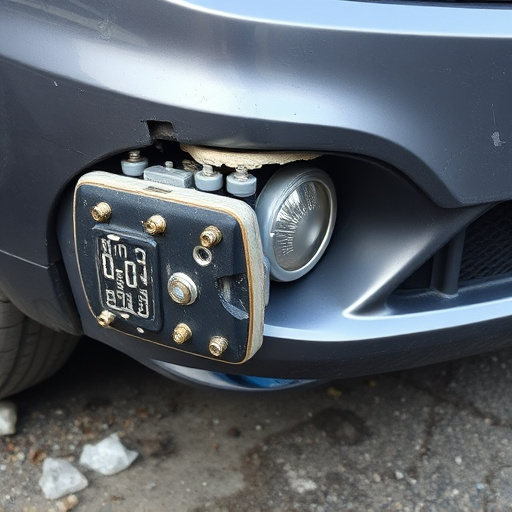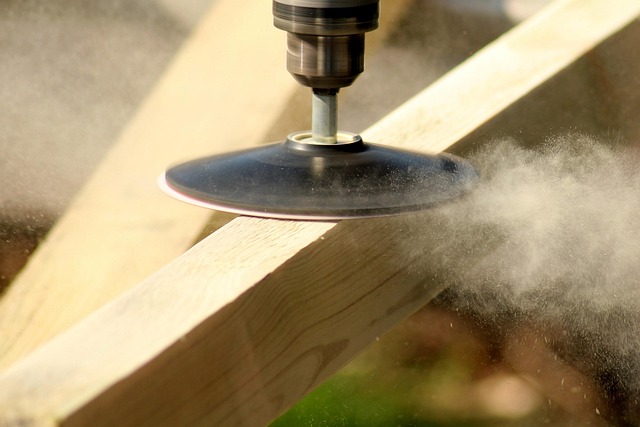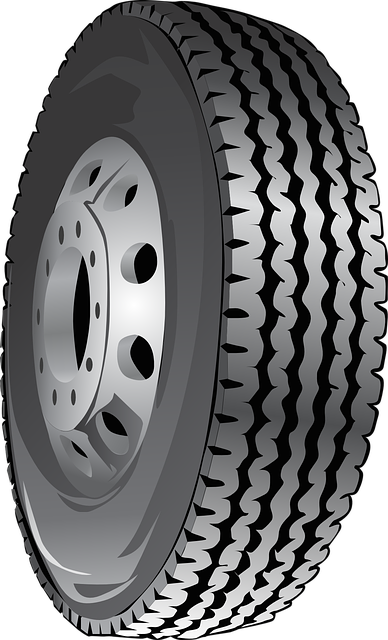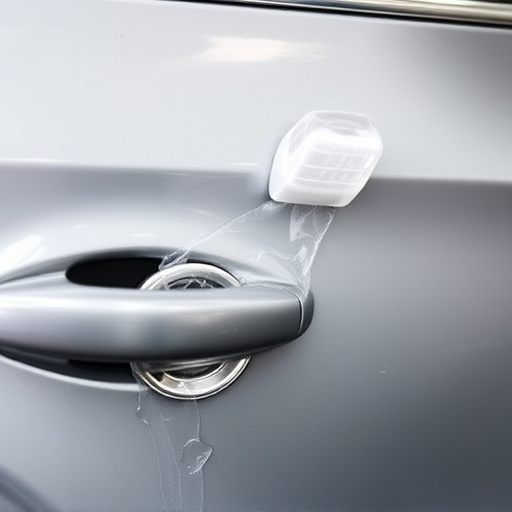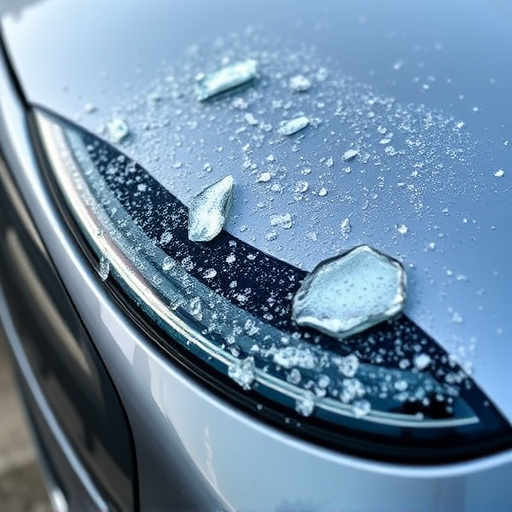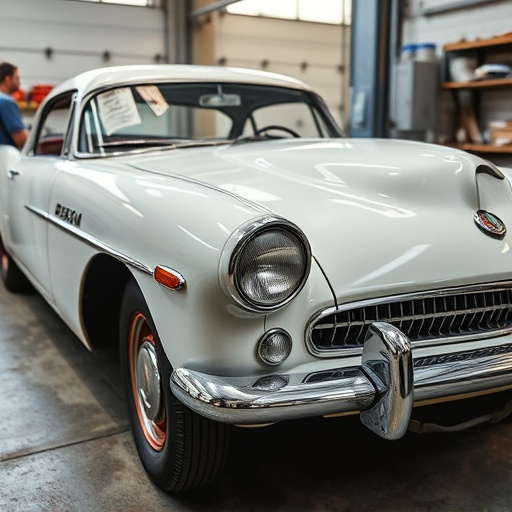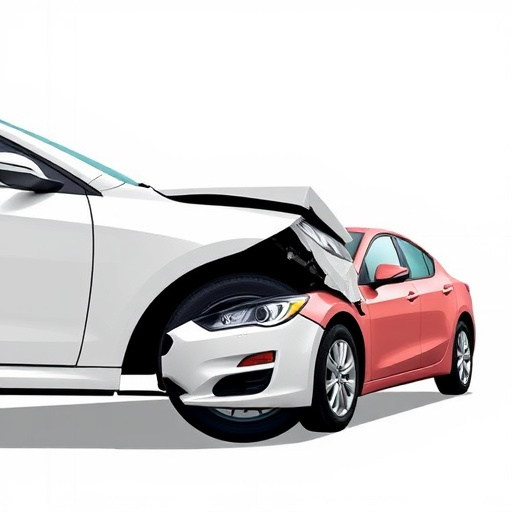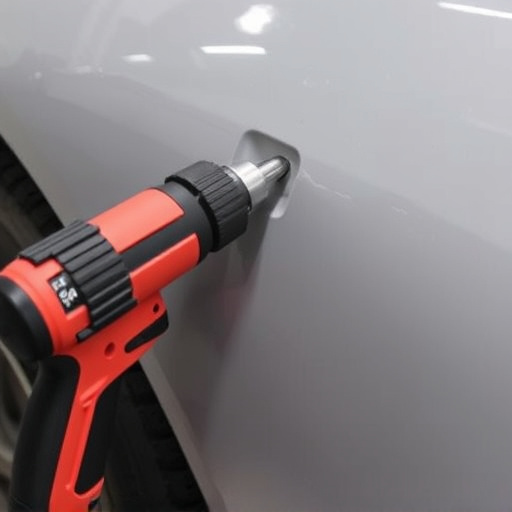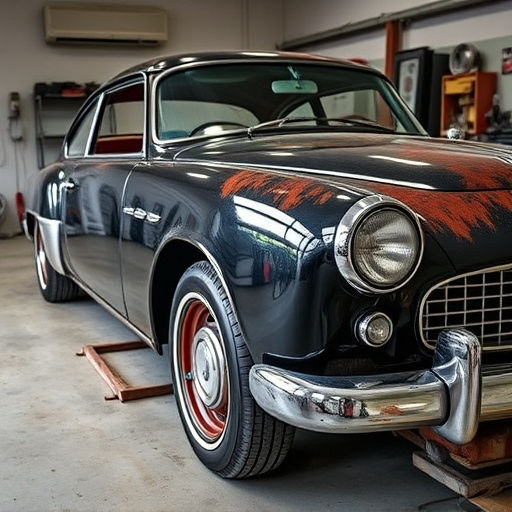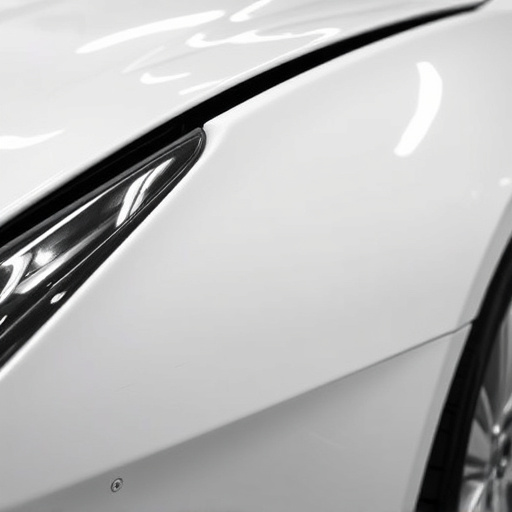Unfavorable weather conditions like extreme heat, cold, and humidity can hinder paintless dent repair (PDR) effectiveness. Skilled technicians overcome these obstacles with specialized tools and techniques, ensuring high-quality PDR even in challenging environments. Strategic measures such as temperature control and tailored training are crucial for successful PDR services, making it an eco-friendly auto restoration alternative.
“Unpredictable weather can significantly impact the success rates of paintless dent repair (PDR), a popular and non-invasive car body restoration technique. This article explores how various weather conditions affect PDR outcomes and provides insights for technicians to optimize their work environment. We’ll discuss strategies to mitigate risks associated with adverse weather, ensuring higher repair quality and customer satisfaction. By understanding the ideal conditions for PDR, professionals can enhance their techniques, especially during challenging meteorological scenarios.”
- Weather Conditions Impact Paintless Dent Repair
- Optimal Environment for Successful Repairs
- Mitigating Risks of Unfavorable Weather Conditions
Weather Conditions Impact Paintless Dent Repair
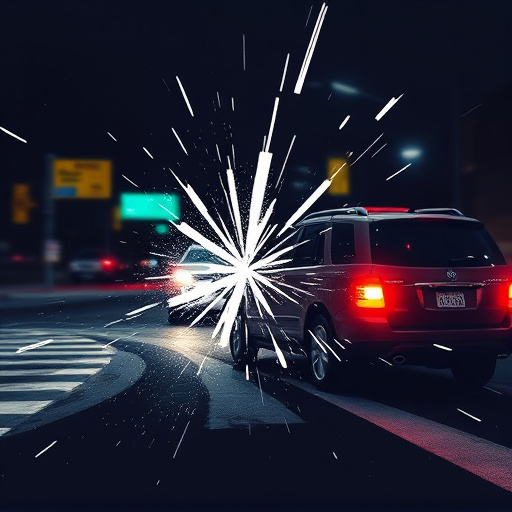
The success of paintless dent repair (PDR) is intrinsically linked to the weather conditions present during the repair process. Ideal conditions for PDR include clear, dry skies with moderate temperatures. Humidity and extreme heat can negatively impact the performance of PDR tools, making it more challenging to achieve a seamless finish. Moisture in the air can affect the adhesive properties of the products used in PDR, while high temperatures can cause the paint to become too soft or even melt, leading to unacceptable results.
In contrast, cold weather can present its own set of challenges for PDR technicians. Very low temperatures can make the metal more brittle, increasing the risk of cracking or breaking during the repair process. Additionally, freezing conditions can hinder the drying time of certain PDR products, prolonging the overall repair duration. Despite these setbacks, skilled technicians are adept at adapting their techniques and using specialized tools to mitigate the effects of weather variations, ensuring top-quality vehicle restoration even in less-than-ideal conditions, such as a fender bender.
Optimal Environment for Successful Repairs

The success of paintless dent repair (PDR) is heavily influenced by environmental conditions. Ideally, technicians strive for a cool, dry environment with moderate temperatures and minimal humidity. These optimal conditions allow for precise work and ensure that the material sets correctly. Extreme heat or cold can negatively impact the PDR process, as it affects the flexibility of the plastic and its ability to return to its original shape. Moreover, high humidity levels can lead to longer drying times and potentially compromise the bond strength of the repair.
A well-maintained collision center that prioritizes these environmental factors can significantly enhance the overall quality of auto body work. By providing a consistent, suitable atmosphere, technicians using the PDR method can achieve remarkable results, restoring vehicles to their pre-damage condition without the need for traditional auto painting. This not only saves time and reduces costs but also ensures a more eco-friendly process, as it minimizes material waste.
Mitigating Risks of Unfavorable Weather Conditions
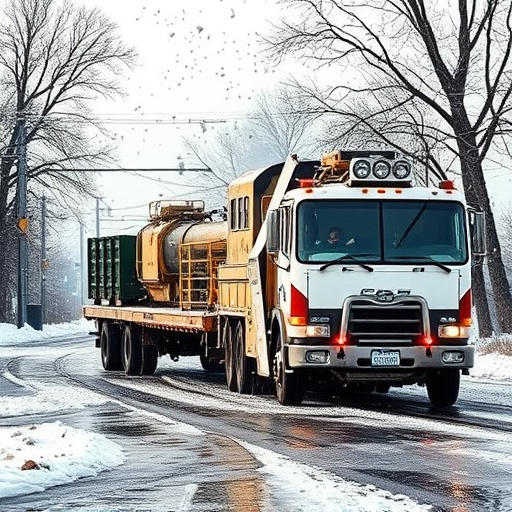
Unfavorable weather conditions can pose significant risks to the success of paintless dent repair (PDR) procedures. Extreme temperatures, both hot and cold, can affect the properties of the materials used in PDR, making it challenging to achieve a smooth and lasting finish. For instance, freezing temperatures may cause the PDR gel to set too quickly, while intense heat can make the material sag or deform.
To mitigate these risks, auto body shops specializing in PDR often employ several strategies. These include using temperature-controlled environments, employing specialized tools designed for different weather conditions, and ensuring proper training for technicians. By adapting their techniques and materials to the prevailing climate, these professionals can deliver high-quality fender repair services, even in bustling areas known for unpredictable weather patterns.
In conclusion, understanding how weather conditions impact paintless dent repair is essential for achieving successful outcomes. Optimal environmental factors, such as temperature, humidity, and dry air, play a crucial role in the effectiveness of this non-invasive repair method. By mitigating risks associated with unfavorable weather, technicians can ensure superior results. Adhering to best practices during varying climatic conditions ensures paintless dent repair remains an efficient and reliable solution for vehicle damage restoration.

